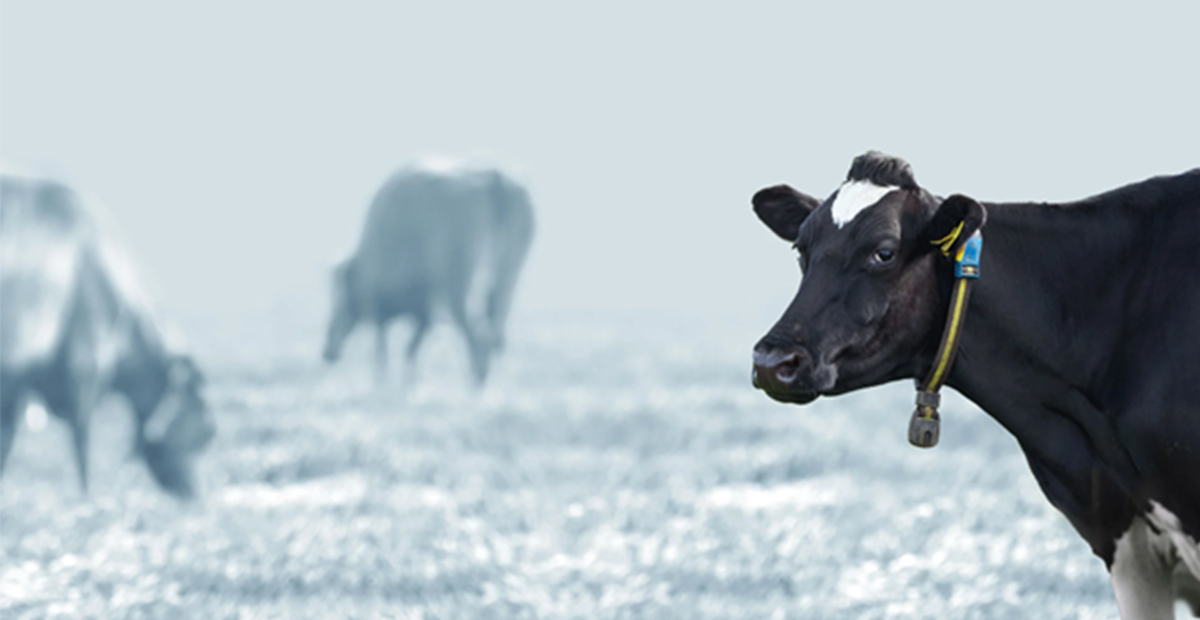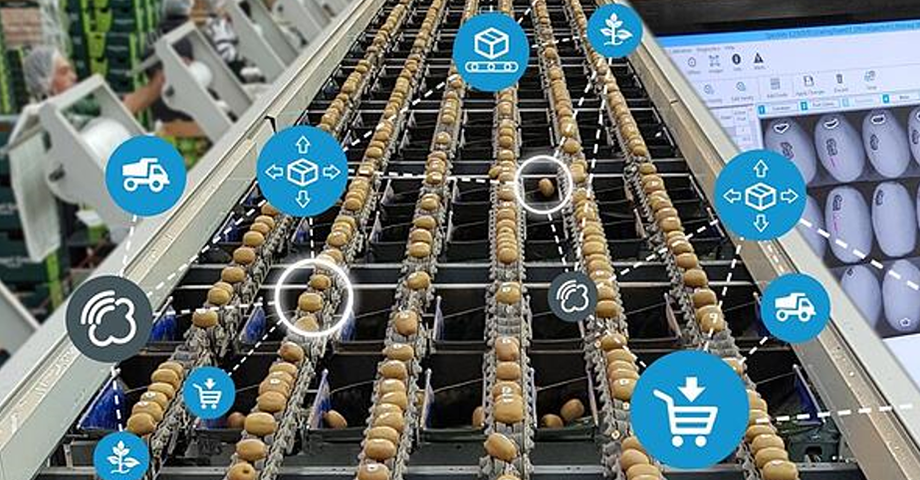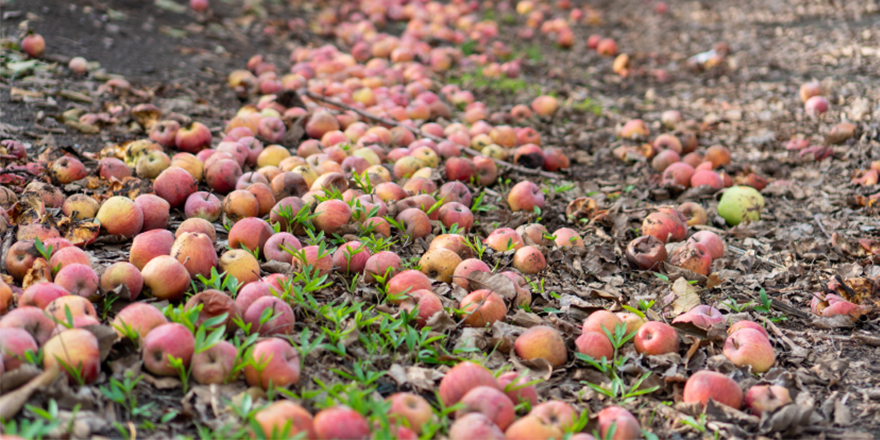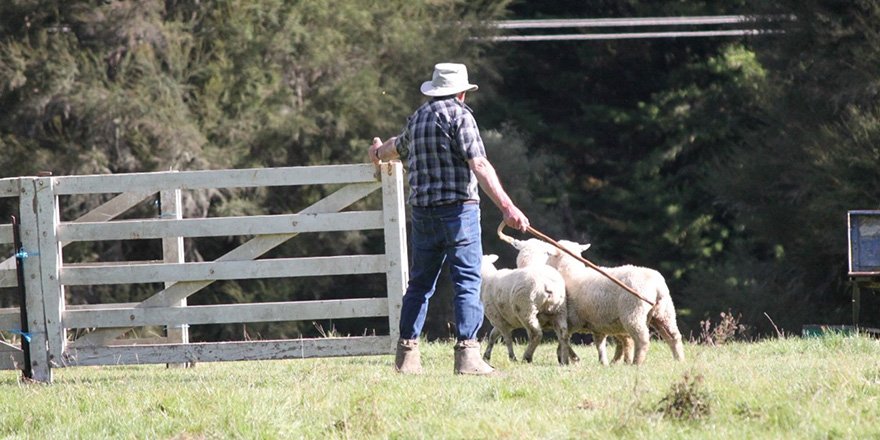
Executive summary
The New Zealand dairy industry has a labour shortage from managers to farm assistants. This has pushed producers to look for automation options to reduce dependency on labour.
Recent and ongoing improvements have produced large-scale, commercially viable individual cow monitoring technologies that can significantly reduce the workload on farms as well as increase animal performance and health measures. Suppliers of these technologies report a positive return on investment and a reduction in labour
requirements.
The industry has seen significant growth in the uptake and implementation
of these technologies over the last 2-3 years. Implementation of emerging technologies is not always successful; challenges and limitations will exist in a commercial context that are not foreseen during the development or in early trials.
This report will explore the intended application for these technologies and how this
compares with current uptake and implementation at scale on commercial dairy farms.
It will explore areas of successful implementation and areas where obstacles have
reduced performance or prevented the technology to be utilised as expected. Current
and prospective users of the technology need to understand how different technologies in the market are likely to be implemented on their farms. This will help to make informed decisions around which technologies will achieve a more desirable outcome over the long term.
This report will help the suppliers and developers of individual cow monitoring technologies identify areas where their products are not being successfully implemented, and areas for further development to ensure the success of their technology in the New Zealand dairy industry.
A review of national and international literature was undertaken to confirm the accuracy and reliability of the technologies available to ensure they would improve or exceed the status quo of our performance in the New Zealand dairy industry. The review examined the commercial viability of these products and looked to the future of the development and application of individual cow monitoring technologies.
Qualitative, semi-structured interviews then took place with suppliers of the technologies, users, and non-users. Uptake, success and failure, and future development of the technology were examined.
Key Findings
- The technology is highly accurate and viable for a profitable outcome in a
commercial large-scale context. - All users agreed that the initial application has been successful and the return on investment has been neutral or positive.
- There is potential for greater return on investment from ongoing training and
implementation of the full complement of features the technology has to offer. - Challenges exist with the usability of the software and the sensitivity of health alerts specific to New Zealand’s outdoor grazing systems.
Recommendations
Producers
- Develop a user-friendly interface as fast as possible, and regularly connect with users for improvements and future development.
- Reduce the sensitivity of health alerts and integrate on-farm weather conditions with health alerts to limit false positives from weather events.
- Ensure recruitment and the training of support staff can meet customer requirements as uptake increases. New support staff could double as sales staff to allow for early recruitment.
- Outsource and fund third parties for technical support. Farm consultants, vets, farm advisors, and other rural professionals could be used to help educate and review the data.
- Produce actionable reports/groups of cows from the data to minimise the interpretation and increase action taken on the farm.
Current and future consumers
- Prior to implementing any brand of individual cow monitoring technology, research the current and future access to after-sales support and technical specialists to ensure you will have ongoing support. Pay particular attention to your exposure to individual staff moving out of the role and limiting the technical support available.
- Be prepared to put the time and effort into learning and understanding the software as there is an interpretation of raw data required.
- Ensure the technology you implement is largely mainstream to ensure support from other users and increase the chances of new employees being familiar with the software.
- Work with vets and advisors to create protocols and policies to shift from clinical diagnosis to subclinical investigation and diagnosis before clinical illness impacts production and profitability.




